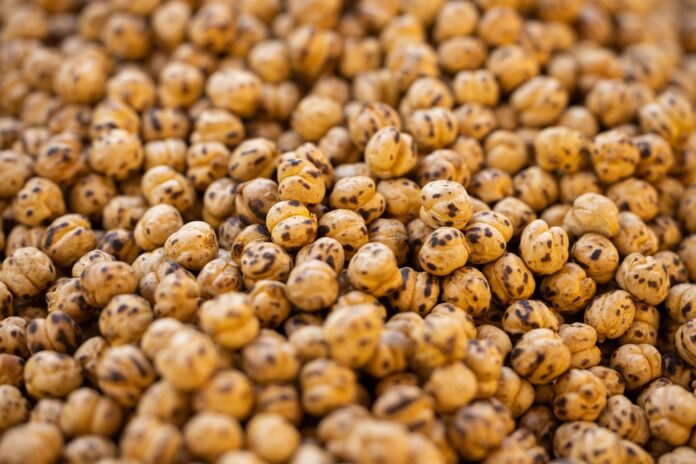Introduction
Climate change poses a significant threat to agriculture worldwide, with shifts in temperature, precipitation patterns, and extreme weather events impacting crop production. Chickpea farming, in particular, faces various challenges due to climate change, including changes in water availability, pest and disease pressure, and soil degradation. In this report, we will explore the specific challenges faced by chickpea farmers and discuss adaptation strategies to mitigate the impact of climate change on chickpea production.
Challenges in Chickpea Farming
Water Availability
One of the primary challenges for chickpea farming in the face of climate change is water availability. Chickpeas are generally grown in regions with limited water resources, and changes in precipitation patterns can lead to drought conditions, affecting crop growth and yield. According to a report by the Food and Agriculture Organization (FAO), chickpeas require a consistent water supply during their growing season to achieve optimal yields. With climate change leading to more frequent and severe droughts in many regions, chickpea farmers are facing increased water stress, impacting their productivity and profitability.
Pest and Disease Pressure
Climate change is also exacerbating pest and disease pressure in chickpea farming. Rising temperatures and changing weather patterns create favorable conditions for pests and diseases to thrive, leading to increased crop damage and yield losses. For example, the chickpea pod borer is a common pest that can cause significant damage to chickpea crops, especially under warmer conditions. Farmers are having to invest more in pest control measures to protect their crops, adding to their production costs and reducing their overall profitability.
Soil Degradation
Another challenge faced by chickpea farmers due to climate change is soil degradation. Changes in temperature and precipitation patterns can lead to soil erosion, nutrient depletion, and soil compaction, affecting the health and fertility of the soil. Healthy soil is essential for optimal chickpea growth and yield, and soil degradation can reduce crop productivity and increase the risk of crop failure. Farmers are having to implement soil conservation practices, such as crop rotation, cover cropping, and mulching, to maintain soil health and ensure sustainable chickpea production in the long term.
Adaptation Strategies for Chickpea Farming
Improved Water Management
One of the key adaptation strategies for chickpea farming in the face of climate change is improved water management. Farmers can implement water-saving technologies, such as drip irrigation and rainwater harvesting, to optimize water use efficiency and reduce water stress on their crops. By adopting these practices, farmers can better cope with erratic rainfall patterns and drought conditions, ensuring a more reliable water supply for their chickpea crops.
Resistant Varieties
Another adaptation strategy for chickpea farming is the use of resistant varieties that can withstand pest and disease pressure under changing climatic conditions. Plant breeders are developing chickpea varieties with enhanced resistance to common pests and diseases, reducing the need for chemical pesticides and lowering production costs for farmers. By planting resistant varieties, farmers can better protect their crops from pest and disease damage, improving their overall yield and profitability.
Soil Conservation Practices
Implementing soil conservation practices is also crucial for adapting chickpea farming to climate change. Farmers can use conservation tillage, cover cropping, and organic mulching to improve soil health, reduce erosion, and enhance nutrient cycling in their fields. These practices help maintain soil fertility, water retention, and overall crop productivity, ensuring sustainable chickpea production in the face of changing environmental conditions.
Conclusion
In conclusion, climate change presents significant challenges for chickpea farming, including water availability, pest and disease pressure, and soil degradation. However, by implementing adaptation strategies such as improved water management, resistant varieties, and soil conservation practices, farmers can mitigate the impact of climate change on chickpea production and ensure the sustainability of their farming operations. It is essential for policymakers, researchers, and industry stakeholders to collaborate and support farmers in adopting these adaptation strategies to build resilience in the face of a changing climate.




